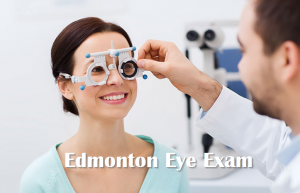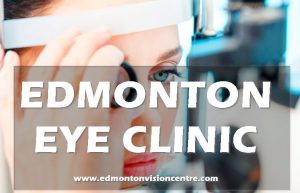The best way of avoiding eye problems is through prevention. Prevention can be of two ways: wellness examination and preventive intervention. Wellness examination helps in identifying an eye problem at its first stages giving a chance to do early treatment and improve on visual outcomes. It takes place when everything is felt to be normal. On the other hand, preventive intervention should be carried out when a risk of sight loss is discovered. The optometrist helps you make changes so as to improve your outcome.
Wellness examination
Excellent eyesight is an essential gift that cannot be taken for granted. It is wrong to say that if you have a good vision and eye comfort you have no problem with your eyes. Actually, the visual performance of your eyes today is a poor prediction of what may happen in future. The leading causes of sight loss have no symptoms in their early stages when they can easily be treated. It is delightful that the major causes of sight loss can be prevented through early intervention. Therefore, the best way of maintaining good eyesight is having regular schedules of preventive cares.
Preventive intervention
Your genetic makeup and behavior choices play a big role in foreseeing the future of your eyesight. Most people with sight loss is as a result of genital factors. For example, macular degeneration, glaucoma, and diabetic eye disease which are the major causes of sight loss bear genital tendencies. The way our genes functions can frequently be changed by behavior choices. Diets, exercise, and a healthy lifestyle play a big role in improving your future odds.
Some of the changes that can be prescribed by the optometrist are:
- Prescription of medication
- Prescription of safety wear, spectacles, and contact lenses
- Nutrition and lifestyle counseling such as supplements
- Recommended eye check-up care to ensure your eye condition is controlled
- Prescription of home treatment using counter products
Many eye clinics are committed to staying up to date on the latest treatments and technologies to ensure people enjoy their eyesight throughout their lifetime.
How often should you have an eye exam?
It is important to have an eye exam every one or two years, but this relies upon your age, risk factor, and whether you are already wearing corrective lenses. The exam help in diagnosing and treatment of medical conditions at their early ages. The following recommendations will help in taking the best care of your eyes.
Children of 6 months to 18 years
The first eye exam should be carried out at the age of 6 months. This is also done by an optometrist who checks whether the eyes are focusing correctly and straight and ensures there are no cases of internal eye disorder.
Adults of 18 to 60 years
Unless you have a certain risk factor, you should make sure you have an inclusive eye exam in every two years. If you have any risk factor, make sure you seek advice from an eye care professional or an optometrist who decide on the frequency of your eye exam.
Adults of 61 years and above
At this age, an eye exam should be carried out every year. As you grow old, some conditions affect your eyes too. With the correct treatment plan, early discovery of diseases such as cataracts, glaucoma, and macular degeneration can help save your vision.
For an affordable eye exam by a qualified doctor in Edmonton, please visit our office located in Southwest Edmonton in the Millwoods area.


